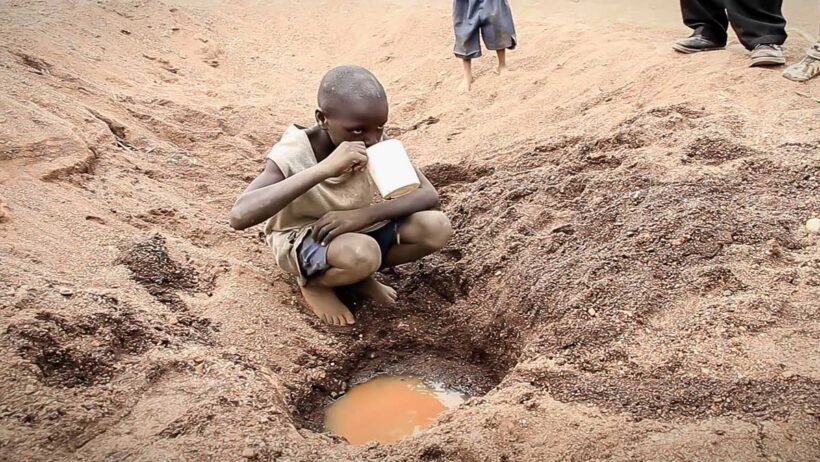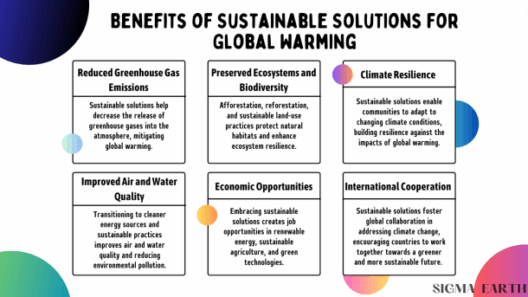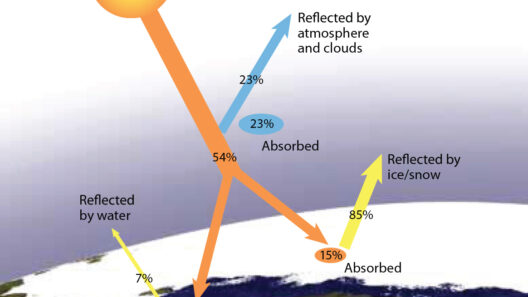The escalating drinking water crisis is a poignant consequence of global warming, intricately linked to the multifaceted dynamics of climate change. As the planet warms, the hydrological cycle experiences profound alterations, which in turn affect the availability of freshwater resources. Freshwater, though abundant in some regions, is increasingly fraught with scarcity, exacerbated by rising temperatures, changing precipitation patterns, and the insatiable demands of human consumption.
Climate change manifests itself in a plethora of ways, with varying effects on water supply. As global temperatures surmount, ice caps and glaciers are receding at an alarming rate. This melting ice, which contributes to the world’s freshwater reservoirs, is diminishing, jeopardizing the water supply for millions who depend on glacial melt for drinking water. Regions such as the Himalayas and Andes, where glacial melt supplies rivers critical for drinking and irrigation, face the imminent threat of reduced water availability as glaciers shrink.
In tandem with glacial melt, excessive evaporation due to heightened temperatures intensifies droughts. Drought is a pervasive phenomenon, afflicting many areas across the globe, particularly subtropical and arid regions. As soil moisture diminishes, agricultural productivity wanes, pushing communities towards over-extraction of groundwater. This unrelenting pressure on aquifers leads to depletion, salinization, and a host of ecological issues. The situation in regions like the American Southwest, where groundwater resources are being drained faster than they can be replenished, serves as an alarming harbinger of future crises.
Moreover, precipitation patterns are shifting as the climate changes. In some areas, intense deluges are becoming commonplace, leading to flooding and runoff that wash away fertile topsoil and contaminate drinking water supplies. Heavy rains can overwhelm wastewater management systems, resulting in the proliferation of pathogens and pollutants in water sources. Conversely, in other regions, rainfall is increasingly sporadic, creating uncertainty in water availability. Countries in sub-Saharan Africa, for example, face the dual challenge of erratic precipitation combined with a burgeoning population, exacerbating the drinking water crisis.
The intricate interplay between temperature increases and shifting weather patterns places a substantial strain on water management systems worldwide. Urbanization compounds these challenges, as burgeoning cities require vast amounts of water to sustain their populations. In rapidly growing metropolises, aging infrastructure often leaks extensively, resulting in significant water loss. Additionally, urban areas are susceptible to heat islands, leading to increased evaporation rates. This urgency for efficient water management impels city planners towards innovative solutions, such as rainwater harvesting and wastewater recycling, to alleviate the mounting crisis.
Furthermore, the effects of global warming extend beyond physical water availability to cultural and socio-political dimensions. Access to clean drinking water has always been a cornerstone of public health, sanitation, and economic development. As water scarcity intensifies, tensions arise among communities, fostering conflicts over limited resources. In regions plagued by inequality, marginalized populations typically bear the brunt of water shortages, further entrenching social disparities. The nexus between climate change and security underpins the urgent need for equitable policies that safeguard water resources for all.
Technological advancements present a glimmer of hope in addressing some of the challenges posed by the drinking water crisis. Innovations in desalination technologies allow for the conversion of saltwater into potable water, providing an alternative source for arid regions. However, these processes are energy-intensive and come with their own environmental concerns. Furthermore, improvements in water purification methods, such as membrane filtration and solar-powered purification systems, can enhance access to clean water in developing nations. Nevertheless, the urgency for policy reform and sustainable water management practices cannot be overstated.
As we grapple with the pressing consequences of global warming, fostering community awareness and grassroots activism is vital. Initiatives that promote water conservation, such as community rainwater harvesting projects and educational programs, can empower individuals and communities to take action. Collective efforts toward sustainable landscaping and water-efficient technologies can significantly mitigate the impending crisis. Public engagement fosters a paradigm shift towards value-driven stewardship of water resources, underscoring the connection between individual behavior and broader environmental implications.
In conclusion, the drinking water crisis is an intricate manifestation of the broader impacts of global warming. The effects on availability—stemming from glacial melt, changing precipitation, urbanization, and socio-political ramifications—unveil a complex landscape fraught with challenges. Addressing the crisis necessitates a multifaceted approach: leveraging technology, promoting equitable policies, and fostering community engagement. The path forward demands a concerted global effort to safeguard the most fundamental resource for human survival and environmental sustainability. As individuals, communities, and nations, the time is ripe to reevaluate our relationship with water and take resolute action in the face of mounting challenges brought upon by climate change.







